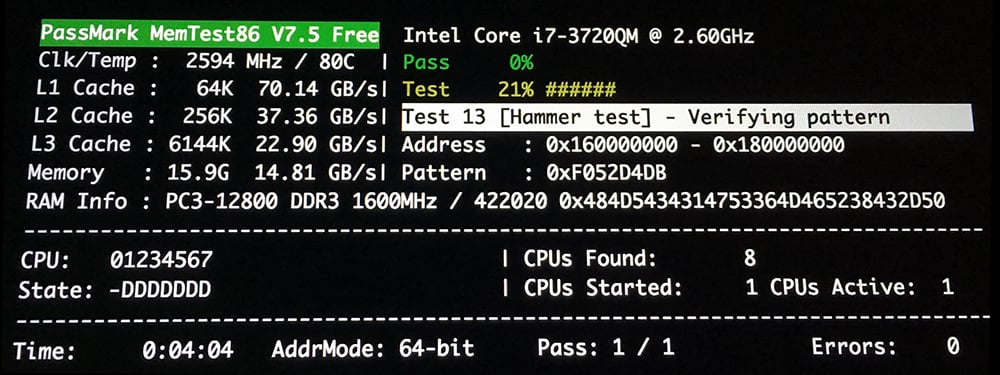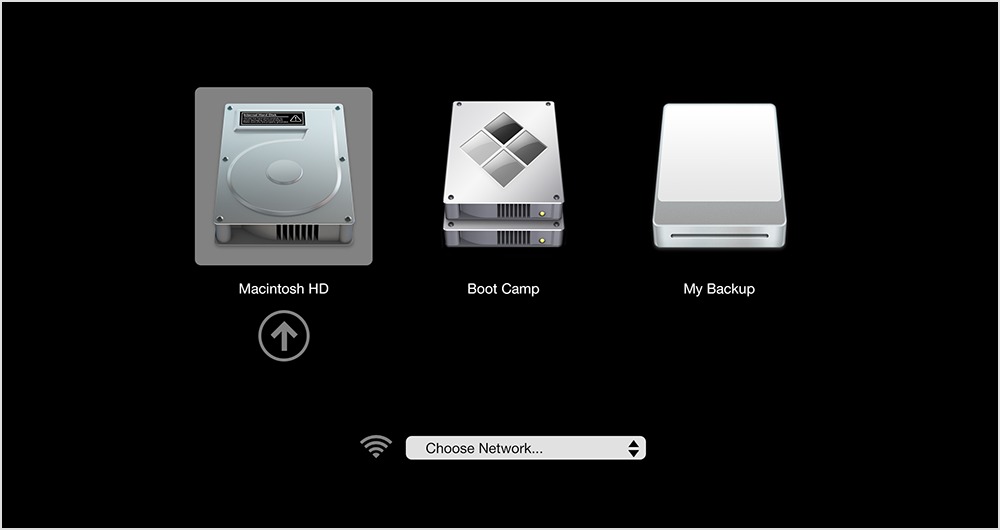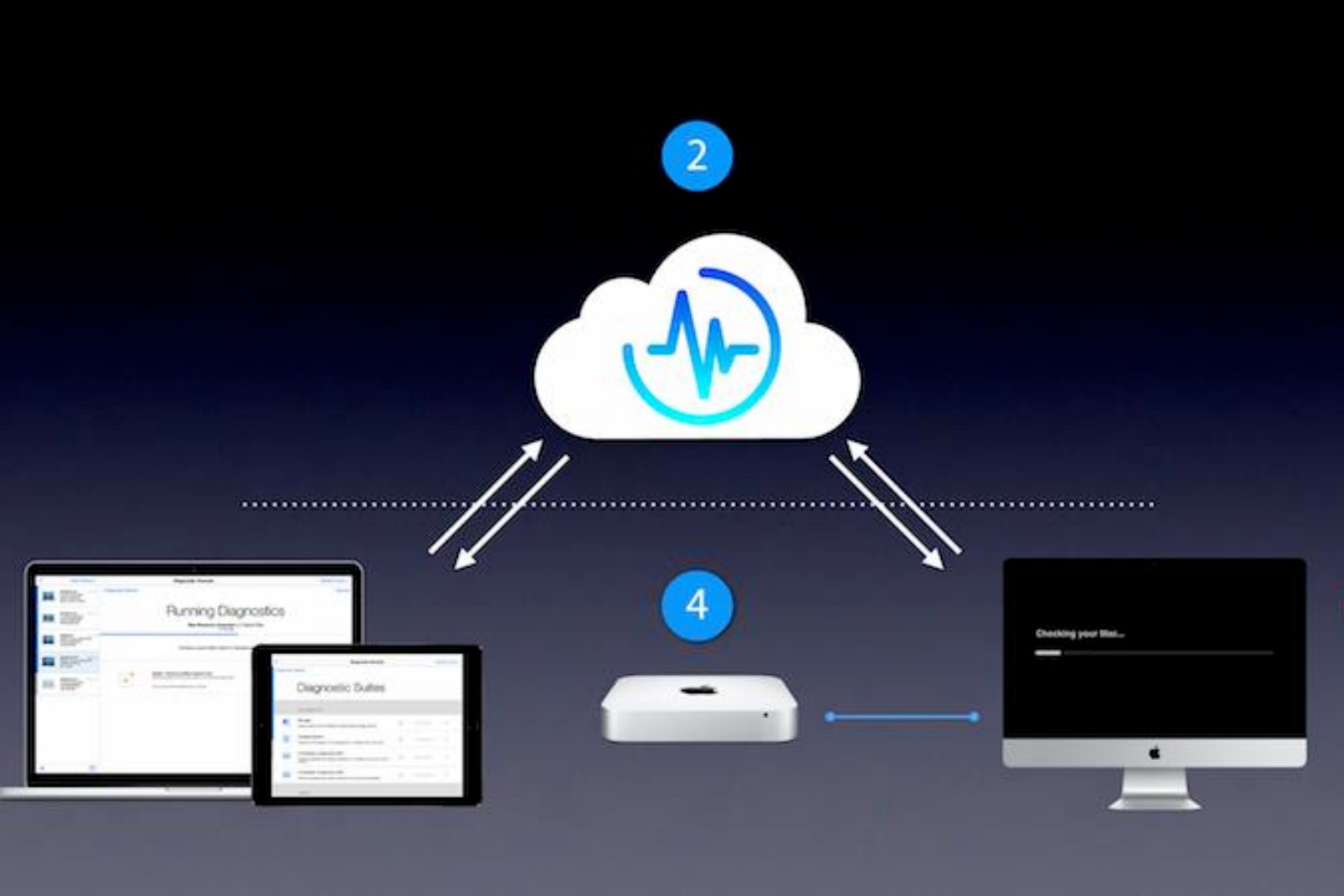- Download Apple Hardware Test Macbook Pro Case
- Apple Hardware Test Macbook Pro 2011 Download
- Refurbished Apple Macbook Pro
- Apple Hardware Test Macbook Pro 2010 Download
- Download Apple Hardware Test Macbook Pro 2010

- Simply boot up, press and hold the D key to start the Apple Hardware Test. You can also see the amount of memory installed on your Mac at the Hardware Profile tab to confirm that the memory is correctly installed and detected. There are some Apple Hardware Test images that can be downloaded for older models.
- In June 2019 we benchmarked a 15in MacBook Pro with a 2.4GHz eight-core i9 (9th gen Coffee Lake) processor, 32GB RAM, Radeon Pro Vega 20 4GB VRAM, 4TB SSD (BTO). Geekbench muilti-core: 31,066.
I have a MacBook Pro 13', Mid-2009 and it came with Mac OS X 10.6 Snow Leopard. As I understand it, that means I would have to use the DVDs provided by Apple to boot into Apple Hardware Test. I would like to test hardware on a mac book pro model from 2009 with Mac Os X 10.9.2 installed. Since it is running unreliably I would like to perform a diagnosis/hardware test. What is easy to find on the internet is, that on pre 2013 models, the apple hardware test was to be run, on models after that, the apple diagnosis, see.
| Click here to return to the '10.7: Restore Apple Hardware Test boot mode' hint |
On the one hand Apple now recommends you simply use the disks that came with your Mac on the other hand Apple says 'discs are dead' and removes optical drives from Macs. How crazy is this?
But great hint :-)
Download Apple Hardware Test Macbook Pro Case
Yeah, you're quite correct! Sorry for the mistake.
Somehow I forgot to add that in when writing the hint (or I was using the root account at the time….)
Anyway, yes, sudo must be used. (It would be nice if the original hint could be modified. :))
Fixed it. Thanks for the catch.
-- The esteemed moderator
Had out esteemed smarta$$ looked, he'd have seen that Baltutis below posted the correct command.
If you're gonna call someone out, be smarter.
sudo cp -R /Volumes/[your INSTALL DISK name]/System/Library/CoreServices/.diagnostics /System/Library/CoreServices
Apple Hardware Test Macbook Pro 2011 Download
If you use the discs that came with your Mac, you can also simply install the 'CPUHelpFiles.mpkg' metapackage, usually on the Applications Install Disc (part of 'Install Bundled Software': select only 'CPU Help Files' and deselect everything else): this will install AHT and also the documentation files for your machine.
Refurbished Apple Macbook Pro
I forgot about the CPUHelpFiles package because other utilities in there (such as the processor pref pane seem to be broken now), but that does work if you would prefer not to use terminal.
Well, rather, the 'Processor' preference pane was an optional part of the Developer Tools (up to version 3.x for Snow Leopard), while 'CPUHelpFiles.mpkg' installs only AHT and the machine-specific documentation stuff inside '/Library/Documentation/User Guides And Information': so, it should be quite safe too install, as there are no extra utilities there.

Of course, *to* install (not 'too')...
I'm pretty sure this doesn't work if your boot volume is encrypted. You'd need to create a separate unencrypted boot disk/partition, boot to that, install AHT, then boot into AHT.
On encrypted systems, there is a small booter partition which contains the EFI application that asks for your password, loads the kernel from the booter partition and once the kernel found and unlocked your encrypted volume, system startup continues as usual.
If your system has the recovery system (and most Lion installs should have), it and the booter share a partition after your root volume. diskutil list will confirm there is this hidden partition called 'Recovery HD'. If your system for some reason does not have the recovery system, but you encrypted the root volume, the partition will be named 'Boot OS X'.
Either way, just mount this hidden partition ('diskutil mount Recovery HD' or 'diskutil mount Boot OS X') and then copy the .diagnostics folder to /Volumes/{Recovery HD|Boot OS X}/System/Library/CoreServices.
After that, you can boot to AHT by holding D, like on unencrypted systems.
It is probably a good idea to copy AHT to the Recovery HD, regardless of the encryption status of your root volume, but I haven't tested if the firmware finds AHT there when the partition is not the first HFS+ volume on your primary disk.
Curiously, one can boot the recovery system, but not AHT, when the firmware password is set...
Apple Hardware Test Macbook Pro 2010 Download
I just tried doing this, but there isn't enough space on the recovery volume to copy all of the files in the .diagnostics folder. : (
Maybe I'm wrong, but the command should be:
sudo cp -R /Volumes/[your INSTALL disc's name]/System/Library/CoreServices/.diagnostics /System/Library/CoreServices/
You are correct, BT! Slight difference, but then that's what makes things work or not!
SB
FYI, I couldn't get 'D' to work on a 2011 MacBook Air. My drive is encrypted and I had a firmware password turned on. Once I disabled the firmware password, 'D' worked. That's a bit unfortunate, as what if my drive has died? How can I reach the recovery partition to disable the firmware password to get to the hardware test.
Download Apple Hardware Test Macbook Pro 2010
great hint but AHT is pretty worthless and no longer really used. If you want to run diags on your computer that will actually do something, use apple service diagnostics (ASD) for your model instead
I could not find my original disks, but was able to restore the .diagnostics folder from a pre Lion upgrade time machine backup. Had to show hidden files first, but then just went back far enough and restored that one folder. Boot while holding D worked fine.
Alright, I still don't understand how to find either the 'Holding the D' function and/or some other utility (3rd party or Apple) for those of us who have a (Late-2011) MacBook Pro!? No disks, just a useless SuperDrive and no USB stick either. I did make myself my own USB restore flash drive, however, and I also have the Recovery HD partition unhidden, mounted, but I just cannot seem to locate this '.diagnostics'...folder(is it?) or is it a pkg or a file? :-( System files are also visible, so I did some manual searching for the elusive diagnostic 'something-or-other'. No dice across the board. :(
I would really like to check my 2x8GB RAM chips, which, thus far, work perfectly fine and show up correctly everywhere they should, including System Info/Profiler, 'About this Mac', iStat Menus, Activity Monitor, and a few others. I just want to make sure, as I had not heard of that memory company before and the price was incredible ($139 shipped, no tax for BOTH from a seller on Amazon).
Thanks for helping! ;-)

I've got MacBook Pro (15-inch, Late 2011) with Apple Hardware Test originally accessed by holding D at startup.
However after restoring Mac OS X Lion by the Internet using Lion Recovery D-key stopped working. I've followed the tip and copied .diagnostics folder:
ls -al /Volumes/Macintosh HD/System/Library/CoreServices/.diagnostics/
total 48
drwxr-xr-x 3 root wheel 102 Feb 13 16:06 .
drwxr-xr-x 125 root wheel 4250 Feb 13 16:06 ..
-rwxr-xr-x 1 root wheel 22590 Feb 13 16:06 diags.efi
and
ls -al /Volumes/Recovery HD/System/Library/CoreServices/.diagnostics/
total 48
drwxr-xr-x 3 User staff 102 Jun 27 2011 .
drwxr-xr-x 4 User staff 136 Jun 27 2011 ..
-rwxr-xr-x 1 User staff 22590 Jun 27 2011 diags.efi
However the D-key still doesn't call AHT as expected.
What else should I try?
Hi, did you ever manage to get anywhere with this?
I confirm that this method still works with 10.8.5 installed on a Feb 2011 macbook pro.
On newer Macs (which shipped with Mavericks), Apple Diagnostics initially is on the Recovery HD; so, after mounting it with:
$ diskutil mount Recovery HD
... Apple Diagnostics is in the folder:
/Volumes/Recovery HD/com.apple.recovery.boot/.diagnostics
So, the best thing to do would be to make a copy of this invisible folder (personally, I zipped it and stored it on an external hard drive), in order to be able to restore it if you reinstall OS X (which also updates the recovery partition, removing the '.diagnostics' folder); when restoring it, also remember to restore the original permissions for the '.diagnostics' folder and its contents: i.e., essentially, root read-write, wheel read-only and everyone read-only.
Sadly, presently there seems to be no way to re-download Apple Diagnostics from Apple and reinstall it: so, if you didn't make the backup copy from your initial, out-of-the-box setup, the only option remaining is the Internet-based one, as also explained here:
http://support.apple.com/kb/HT5781
(Probably, the situation is similar also for Macs which shipped with Lion and Mountain Lion (with AHT)...)
